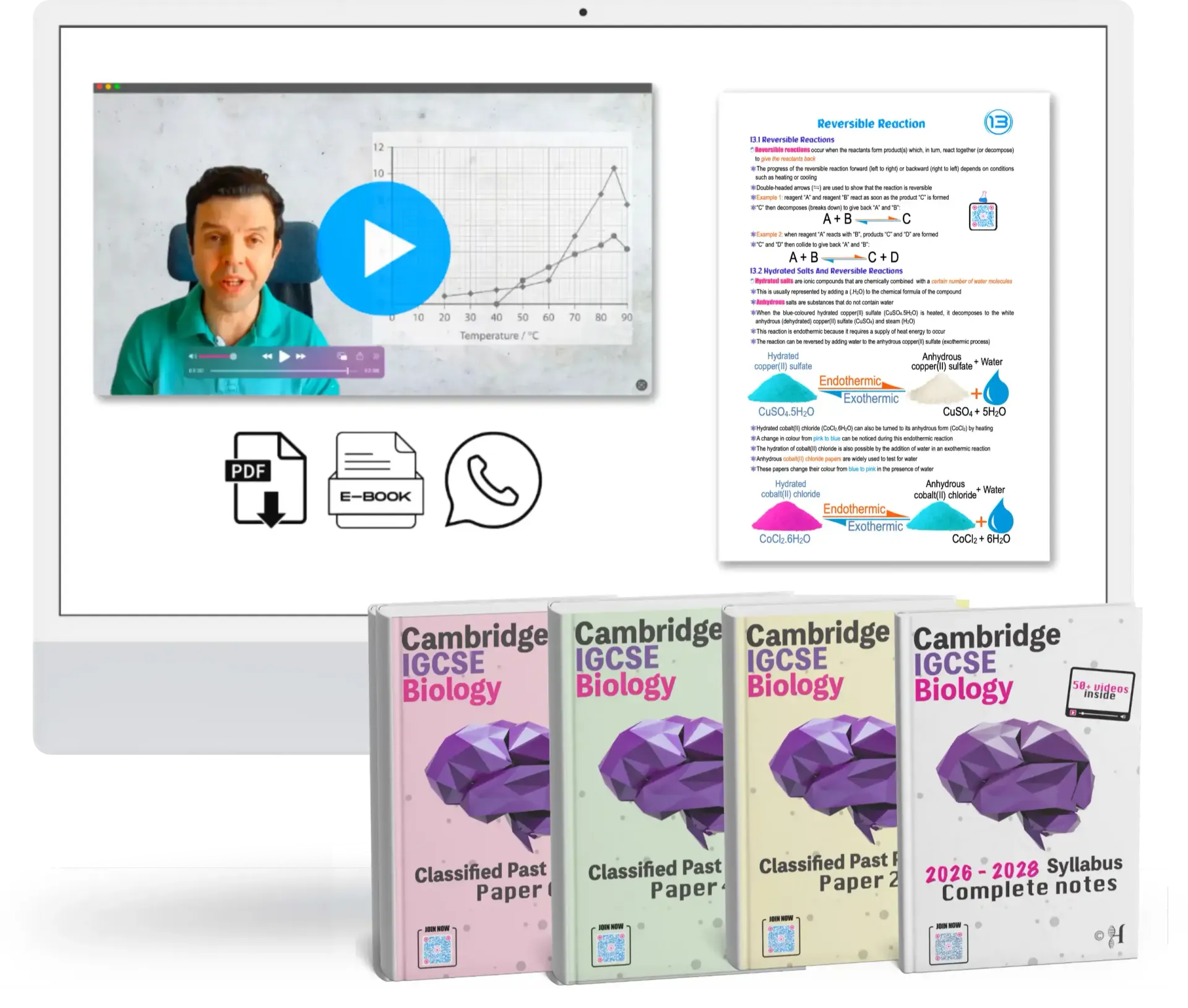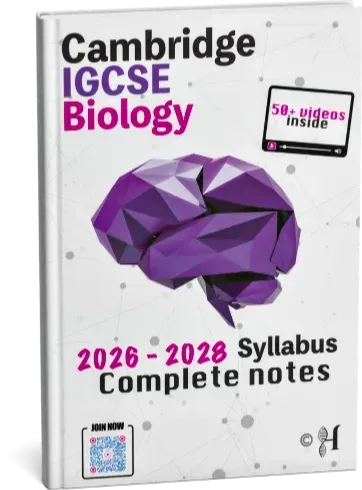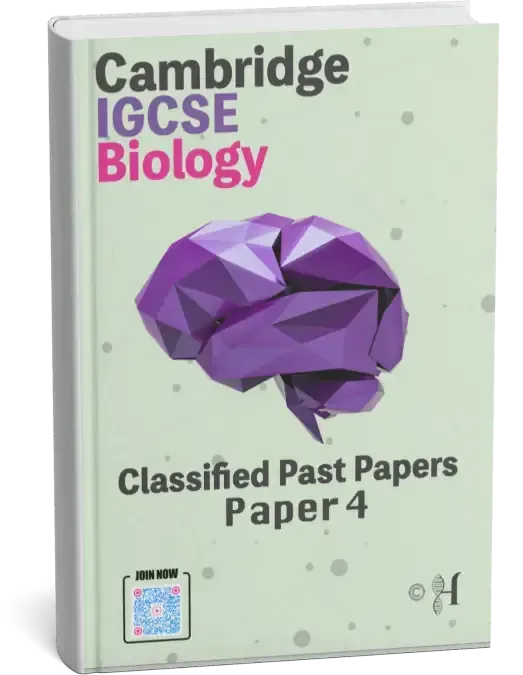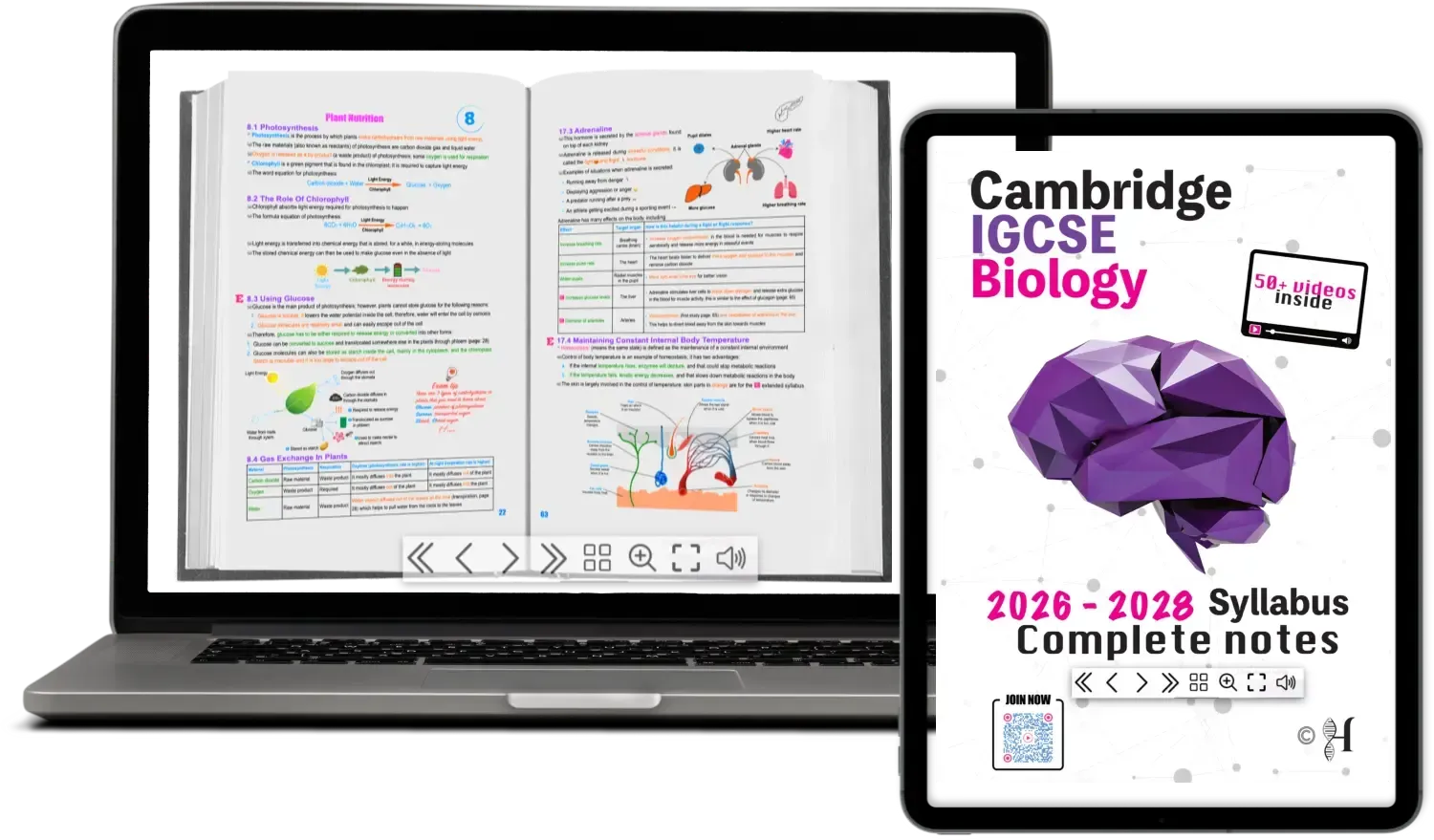IGCSE Biology
2026 - 2028
Syllabus Checklist
Topic 20: Human Influences on Ecosystems
1 Food Supply
Describe how humans have increased food production using:
▪ Agricultural machinery
for larger areas and higher efficiency.
▪ Chemical fertilisers
to improve yields.
▪ Insecticides
to improve quality and yield.
▪ Herbicides
to reduce competition from weeds.
▪ Selective breeding
to improve crop and livestock production.
Describe the advantages and disadvantages of large-scale monocultures
of crop plants.
Describe the advantages and disadvantages of intensive livestock production
.
2 Habitat Destruction
Define biodiversity
as the number of different species living in an area.
Describe causes of habitat destruction
, including:
▪ Expansion for housing, crops, and livestock
▪ Extraction of natural resources
▪ Freshwater and marine pollution
State that altering food webs and food chains can negatively impact habitats.
Explain the undesirable effects of deforestation
, including: reduced biodiversity, extinction, soil loss, flooding, and increased atmospheric CO₂.
3 Pollution
Describe the effects of untreated sewage
and excess fertiliser
on aquatic ecosystems.
Describe the effects of non-biodegradable plastics
in aquatic and terrestrial ecosystems.
Describe sources and effects of air pollution
by methane and carbon dioxide, relating to the enhanced greenhouse effect
and climate change
.
Explain eutrophication
as:
▪ Increase in nitrates and other ions
▪ Rapid producer growth
▪ Decomposition after producer death
▪ Increased aerobic respiration by decomposers
▪ Reduction of dissolved oxygen
▪ Death of aquatic organisms requiring oxygen
4 Conservation
Define a sustainable resource
as one produced as rapidly as it is removed, so it does not run out.
State that forests
and fish stocks
can be conserved and managed sustainably.
Explain why organisms become endangered
or extinct
: climate change, habitat destruction, hunting, overharvesting, pollution, introduced species.
Describe how endangered species
can be conserved through:
▪ Monitoring and protection
▪ Education
▪ Captive breeding programmes
▪ Seed banks
Explain conservation of forests
using: education, protected areas, quotas, and replanting.
Explain conservation of fish stocks
using: education, closed seasons, protected areas, controlled net mesh, quotas, and monitoring.
Describe reasons for conservation programmes
:
▪ Maintain or increase biodiversity
▪ Reduce extinction
▪ Protect vulnerable ecosystems
▪ Maintain ecosystem functions such as nutrient cycling and resource provision (food, drugs, fuel, genes)
Describe the use of artificial insemination (AI)
and in vitro fertilisation (IVF)
in captive breeding.
Explain risks of reduced genetic variation
in small populations.




